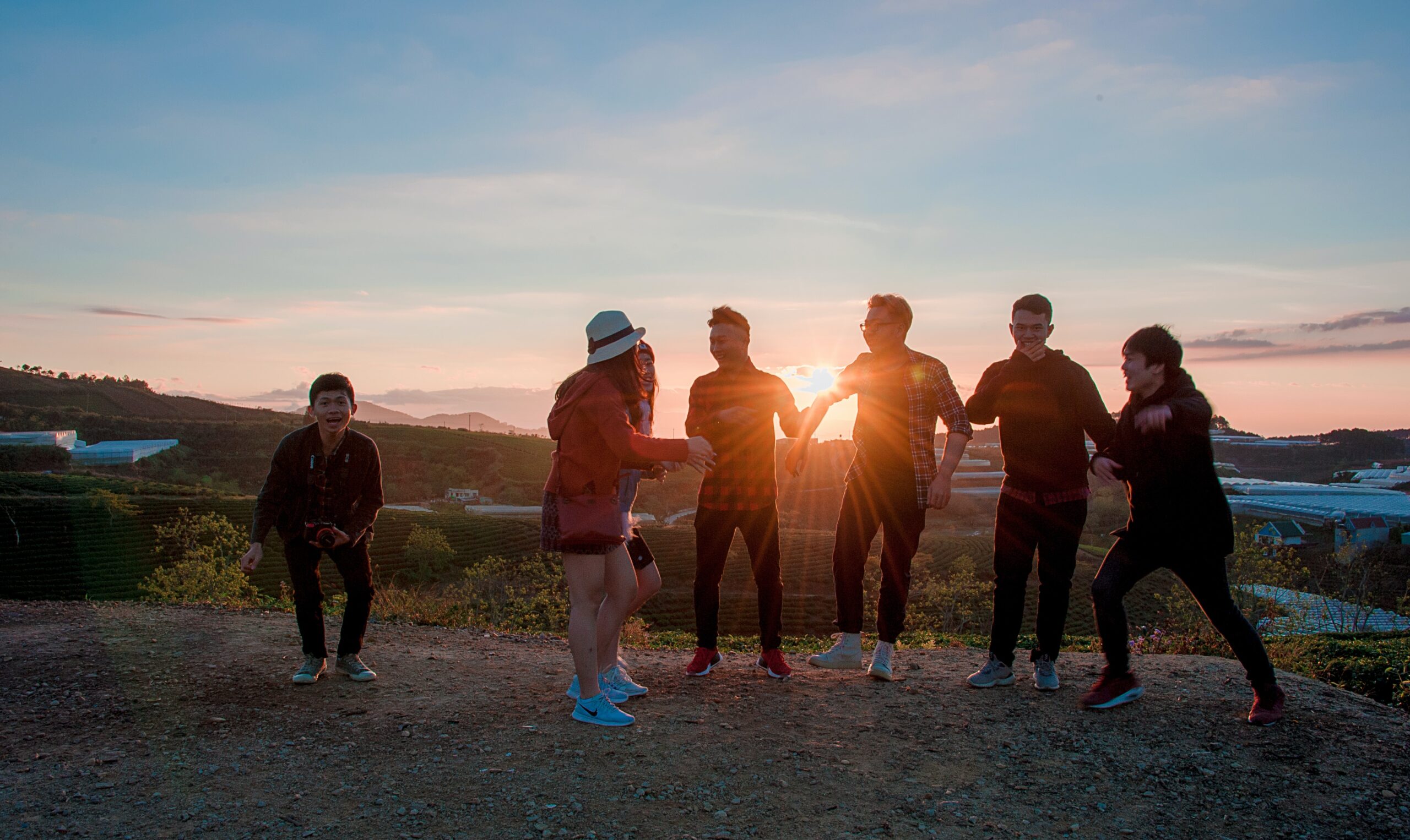
Drunk on Dopamine
By Tim Elmore
Our kids today are growing up in a world where they can become addicted to happy chemicals. Let me explain. We live in a society that loves to “binge” on things we like. It may be addictions to drugs or alcohol, but it can also be simple pleasures like Netflix, TikTok, or even junk food.
Stanford University research psychiatrist Anna Lembke recently revealed her studies on this topic in a book called Dopamine Nation: Finding Balance in the Age of Indulgence. She explores the brain’s connection between pleasure and pain. There’s a sort of “seesaw” or “teeter-totter” inside our brains that goes up and down, releasing chemicals we need to remain stable. People become unhealthy with too much pleasure or too much pain. Each day, week, and month, the seesaw goes up and down as our brain attempts to bring balance to our lives.
The bottom line is, when we seek out pleasures on a nonstop basis, whether legal or illegal, we mess with the neurochemistry of our brain. Paradoxically, the more we chase pleasures, the more the brain tries to compensate, leaving us in a dopamine-depleted state. Feeling low, we consume something pleasurable, so our brains will release more dopamine. We feel happy. If we have easy access to the stimuli, we can binge on it, disrupting our dopamine levels. For example, drug use impairs dopamine to the point that the brain can seek out that substance over anything else. We must choose to stop. In recovery, dopamine won’t heal on its own, but the levels must be reset by introducing healthy daily behaviors into our routine.
Our Internal Teeter-Totter
You see, our brains have natural ways to keep us chemically balanced. The happy chemicals such as dopamine, serotonin, endorphins, and oxytocin enter our systems as the brain sees fit. As I said, it’s like a teeter-totter. When one side goes up, our brain compensates and sends the other side down and vice versa. When we decide to go running for three to four miles, that can be an unpleasant experience. After a while, our brain recognizes this and releases a chemical that balances out the discomfort. That’s why after a good run, we feel good. It’s called a “runner’s high.” Our problem is—in our day, we can hinder our brain’s balancing act.
Now that we’ve migrated into an “on-demand” world where we can determine what, when, and how much content we consume, people have become addicted to the dopamine squirts from the neurotransmitters in their brains and often feel they cannot stop:
- Narcotics
- Pornography
- Alcohol
- Prescription meds
- Erotic novels
- Netflix, etc.
Let’s face it. We are pleasure-seekers today. We have more leisure time than past generations since so much has been automated and mechanized by technology and machines. Our lives are now easier, faster, and more convenient than ever before. With our extra time, we’ve needed to become better at moderating our search for pleasure and ease. But we have not. Our day is filled with experiences that are instant access, on-demand, and mostly free.
What’s happened?
How We’ve Changed in Our Lifetime
Twenty-plus years ago, global studies showed that the happiest people in the world were those who lived in industrialized nations who had plenty to eat, wear, and enjoy. Ten to twelve years ago, we reached a tipping point where these rich nations became less happy than poor nations. Today, people who live in low-income areas are often happier than those who are rich. It doesn’t make sense—unless you consider our inability to manage our dopamine levels.
This reality creates the paradox of pleasure. We enjoy so much more than past generations did that we no longer feel the “plenty” and need more. It’s the “Law of Diminishing Returns.” Here’s a simple analogy. When I first started dating my wife, Pam, we both felt our relationship was special. Just holding hands produced increased dopamine. After a while, holding hands was fine, but we both wanted more. (I’ll stop there. You get the picture).
It is natural for both adults and kids to seek pleasurable experiences—from ice cream to funny YouTube videos to trips to Disney World. As I’ve suggested, however, binging on these pleasures throws our dopamine levels off, big time. We find it hard to abstain from simple pleasures that our great-grandparents found easy to resist. Why? They had no choice, and we do.
We must choose well.
For now, may I suggest you and your students commit yourself to reducing artificial stimulants in your life, like those bad habits you try to hide from others, or even legal addictions like binging on Netflix shows. In their place, expand natural stimulations like exercise, reading, exploring, and in-person relationships. Be intentional with your life instead of reactionary. Next week, we’ll examine steps we can take to combat our intoxication with dopamine.
This is part one of a two-part blog series on how to help dopamine-addicted students. Next week, we will explore nine practical ideas for how to help your kids moderate their dopamine levels.






